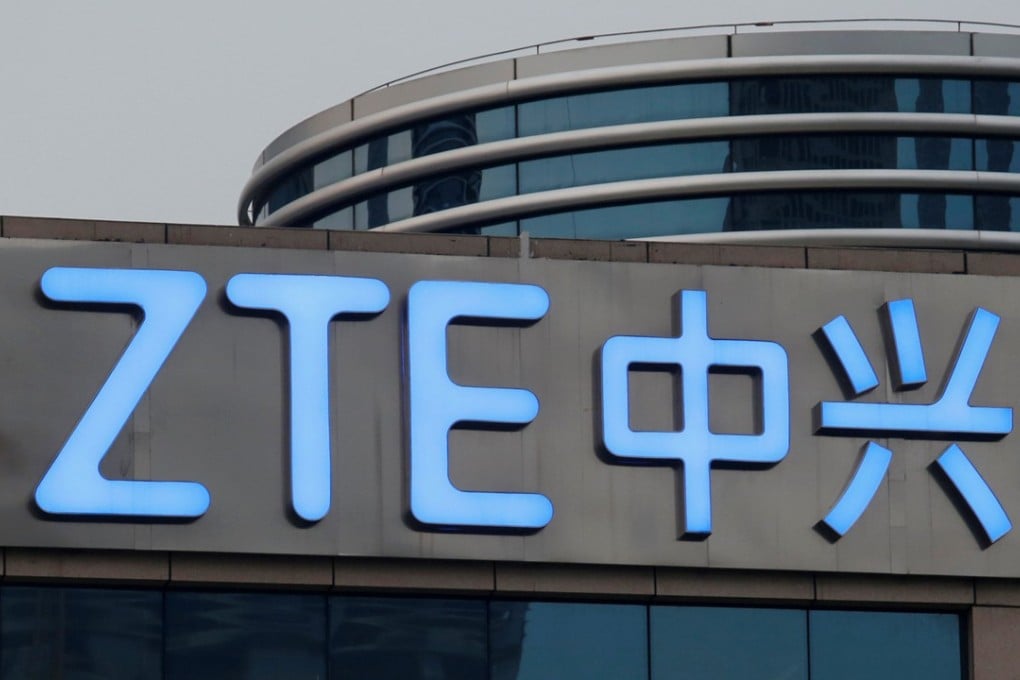Opinion | Why US sanctions on ZTE might turn out to be the best thing for China’s microchip ambitions
Case study from 18 years ago may provide lessons for Chinese telecoms company that has been denied access to US technology

Eighteen years ago a small fire in a microchip factory in the US city of Albuquerque set off a chain of events that led to the demise of one mobile phone giant and market share gains for another.
The damage from water and smoke to millions of Philips-made radio frequency microchips disrupted the supply chain for Ericsson and Nokia – both major mobile phone makers at the time.
Ericsson bungled its response to the crisis and posted huge losses, eventually exiting the mobile phone business. Nokia responded adeptly, immediately seeking alternative sources, leading to increased profits and sales until missteps years later saw its phone business sold off to Microsoft.
The incident has since been widely used as a case study in crisis management.
China’s chip makers rise in mainland trading on government support hope amid ZTE ban

